CRAW Region #1, Country #6: Costa Rica
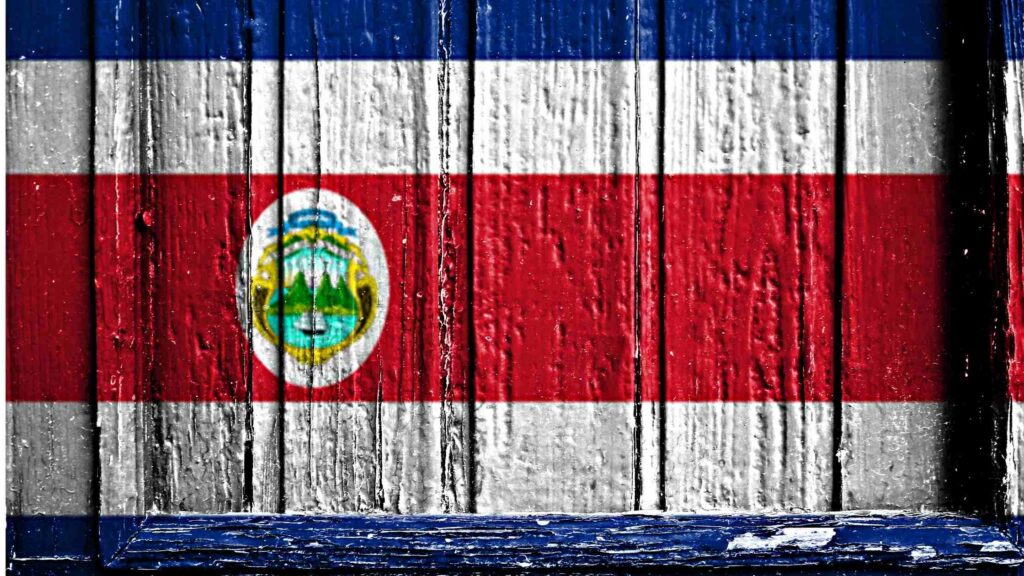
I will tell you now, that Costa Rica is going to be your favorite country so far. And that is not only because you have the least chance of being robbed or killed here! I think it will be the incomparable scenery. Costa Rica has not only suffered the least ecological damage, it has actually begun reforesting.
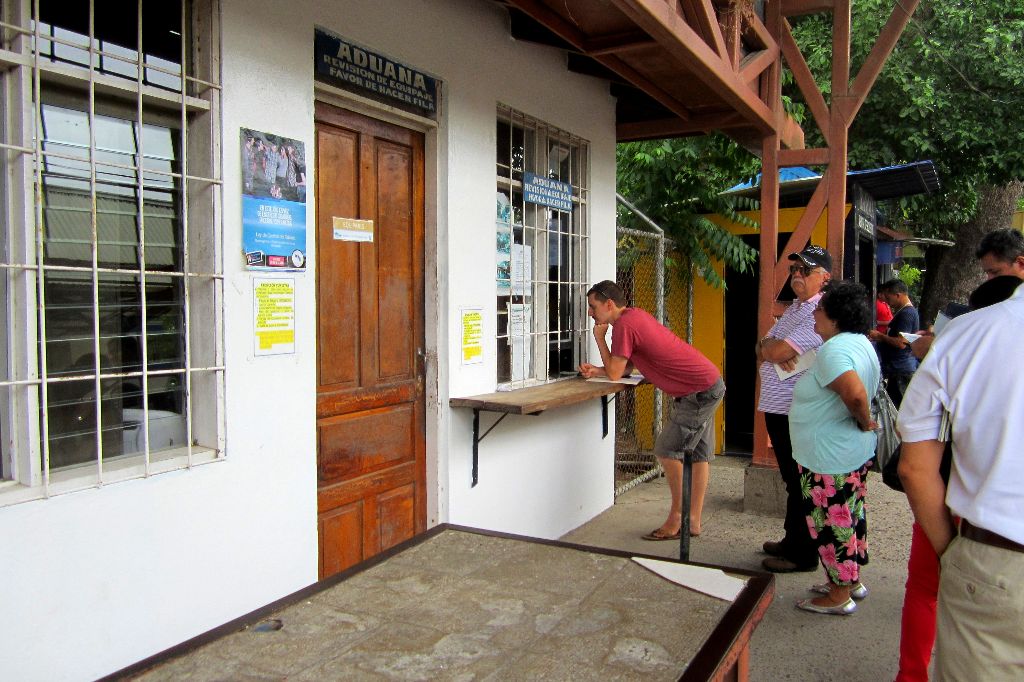
Here in Costa Rica we have come to the end of the Mesoamerican Indian Territory. Beyond this point, into Panama, we reach the outposts of the Andean Indian culture. Or maybe we have already left Mesoamerica behind, as the Indians of Cost Rica are sometimes grouped in with what is called the Isthmo-Colombian Indians.
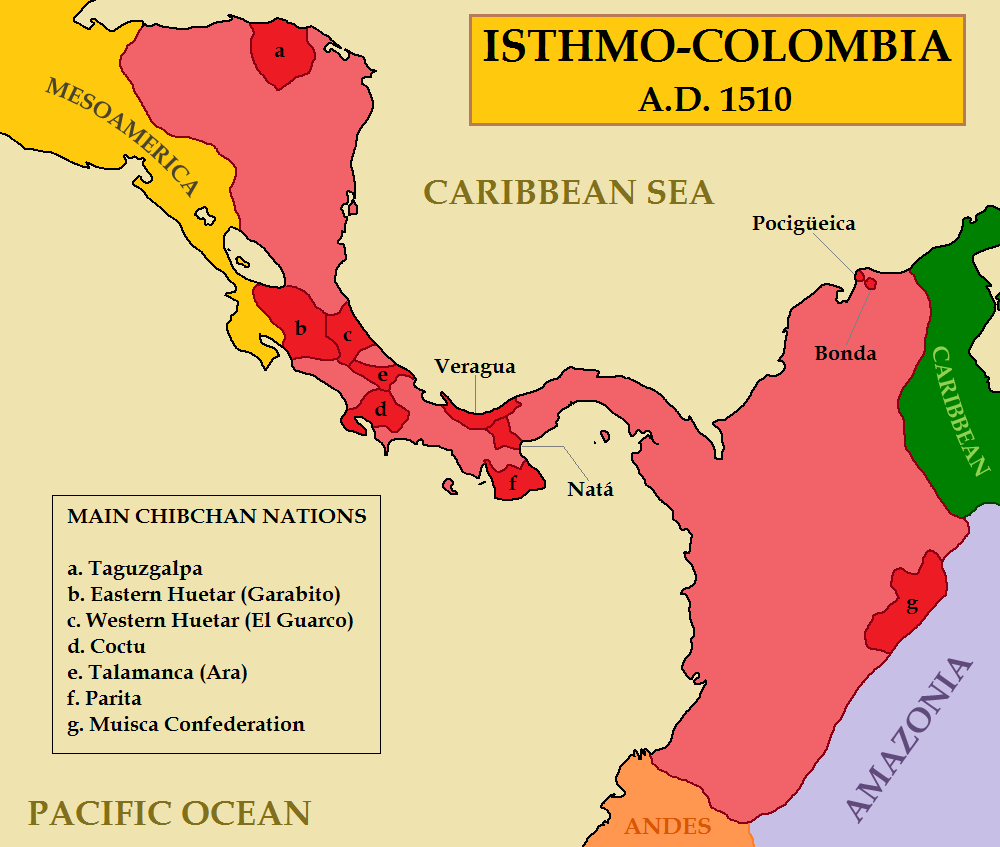
Costa Rica’s location, at the far end of New Spain and a lack of gold and silver made it an undesirable location. The parsity of the indigenous population made it impossible to enslave them to create large haciendas. The Spanish settlers had to work their own land. All of the things that made Central America an appealing destination for the Spanish were lacking, which was good fortune for Costa Rica and the people who lived there.
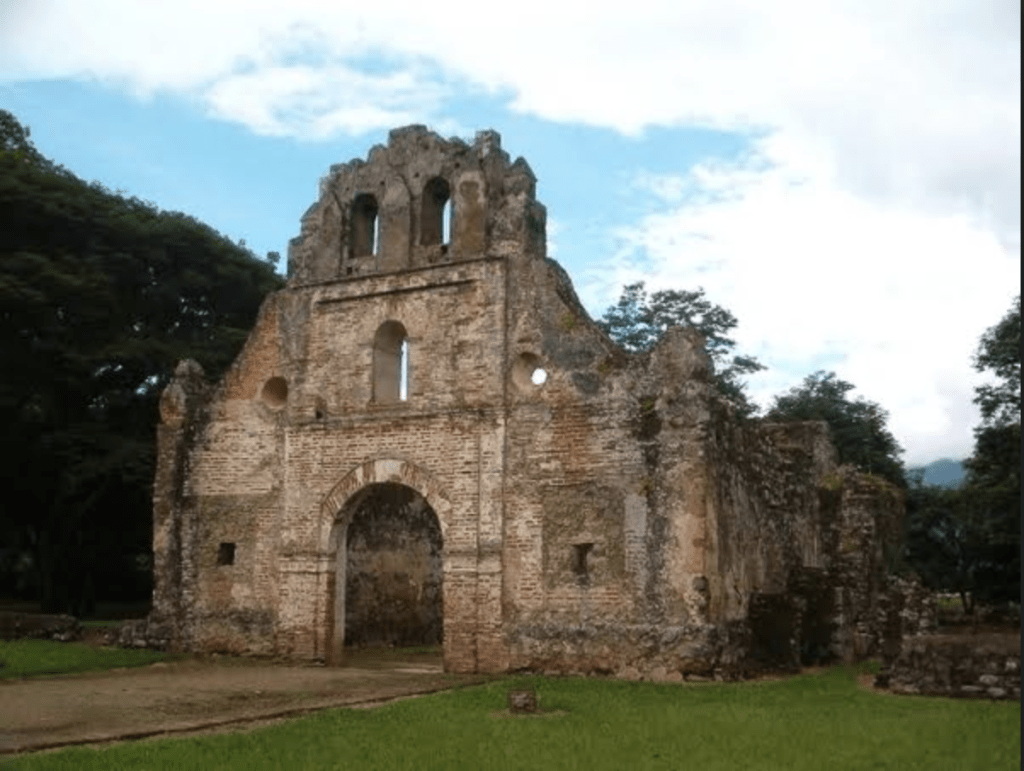
Eventually they got their coffee barons, and American Fruit even showed up with their banana plantations. However, when their labor practices brought on a strike, US troops were not called in by the Costa Rican government to return the peons to servitude. Instead American Fruit was forced to sign a collective bargaining agreement.
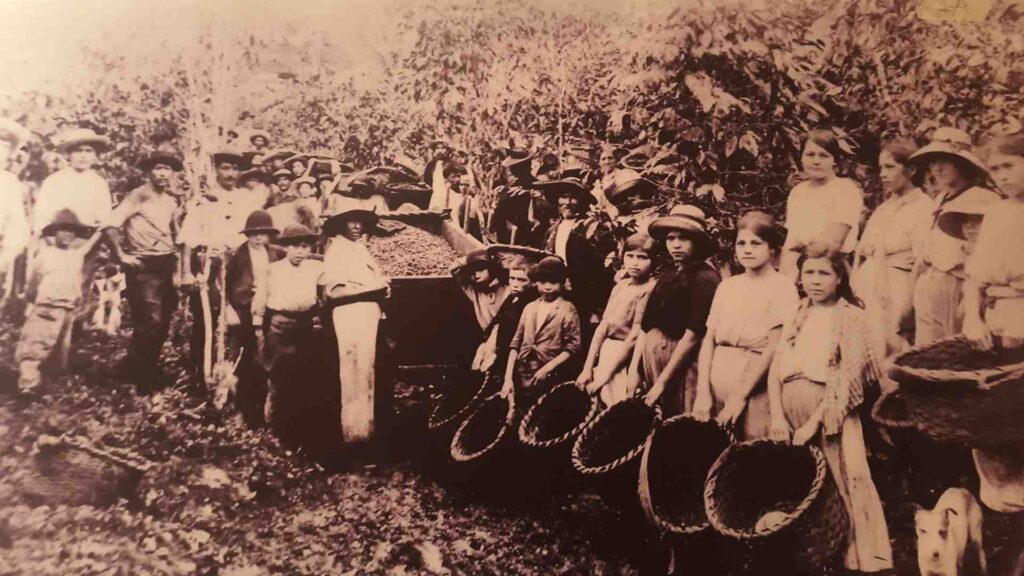
Costa Rica did not totally escape political violence. A military dictator took over in 1917, and was deposed in 1919, after which the military was drastically reduced. In 1948 there was a 44 day civil war after a disputed election, after which the military was entirely eliminated. The military budget was dedicated instead to health care and Costa Rica’ health care system has a higher ranking than that of the US.
Agriculture is a less important part of the economy than any of the countries we have passed thru so far, with coffee still the largest cash crop. Surprisingly rice is in second place.
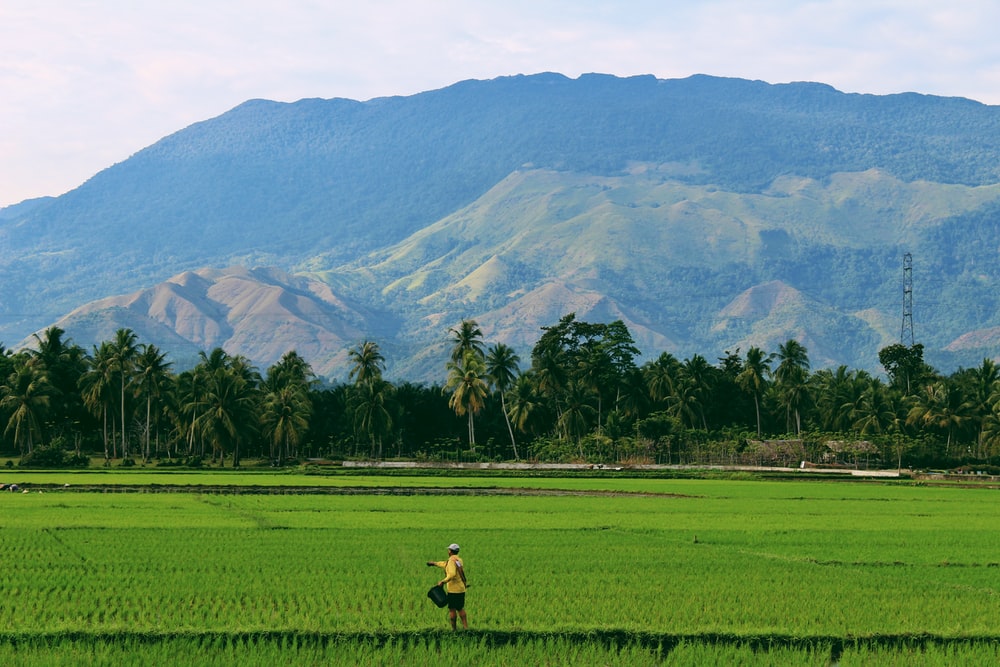
Costa Rica has a significant cattle presence, but has gone away from beef to dairy production. Ecotourism has become an ever growing mainstay of the economy.
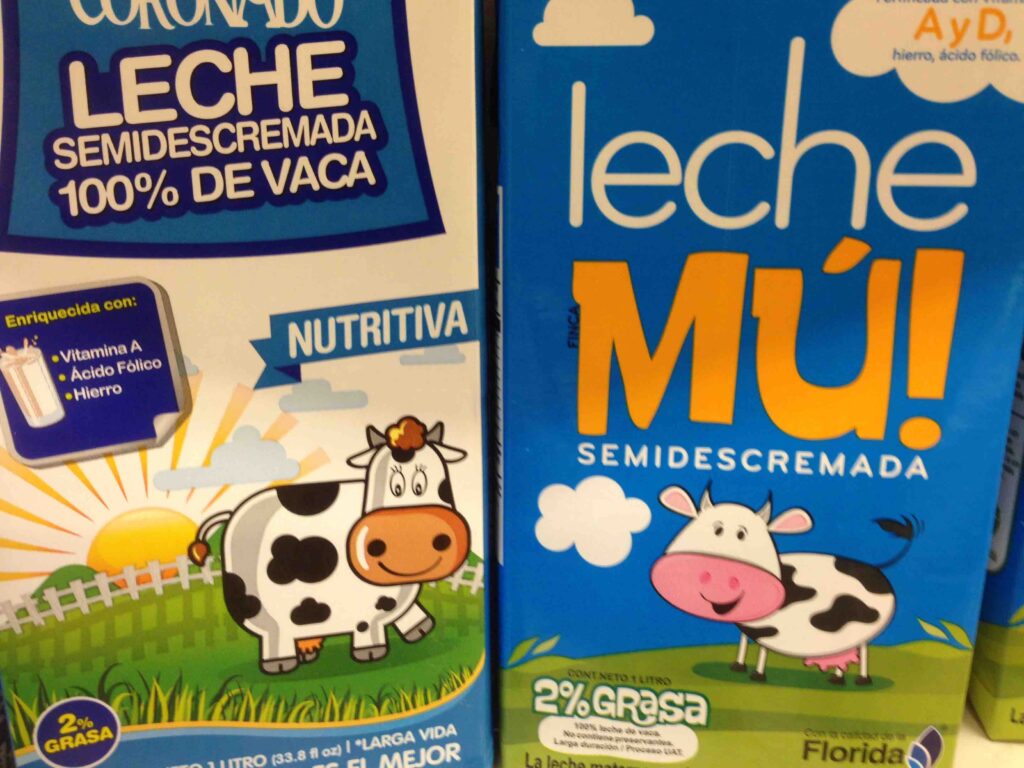
But it isn’t the social structure that will make your trip special. It is the scenery. As soon as you cross the border from Nicaraugua you will be running at the base of the Guanacaste Mountains. Miravalles Volcano will loom over you as you enter Costa Rica. (Costa Rica 9) After 200 kilometers of running across the Pacific Coastal Plain, you will reach the Gulf of Nicoya.
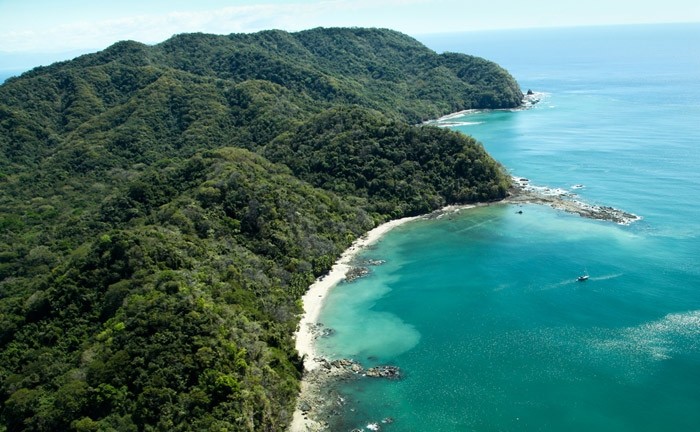
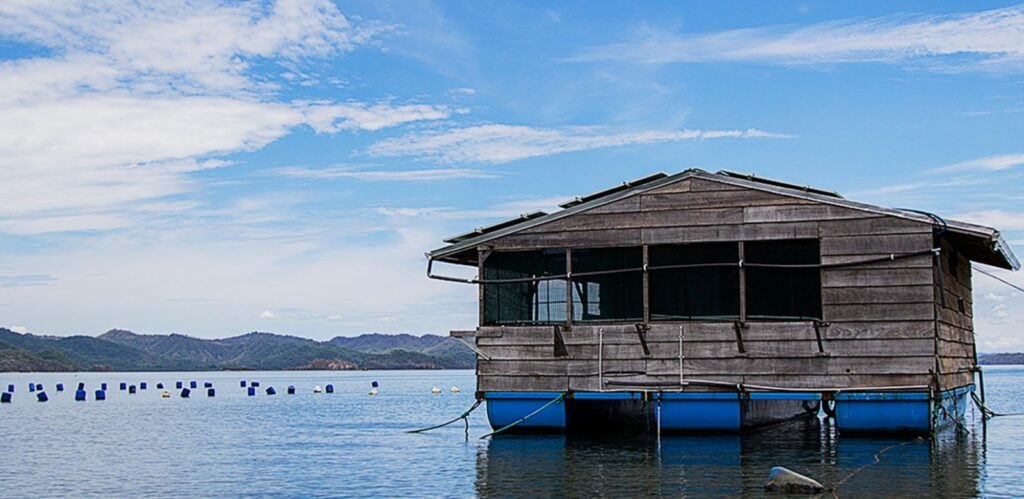
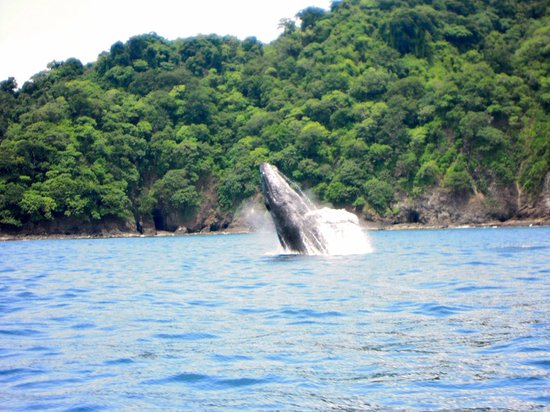
The Guanacaste Mountains come to an end and the Tilaran Mountains soon take over as you run with the mountains on your left and the ocean on your right for another 200 kilometers. The Tilaran Mountains pass by on your left, and then the Central Volcanic Mountains follow.
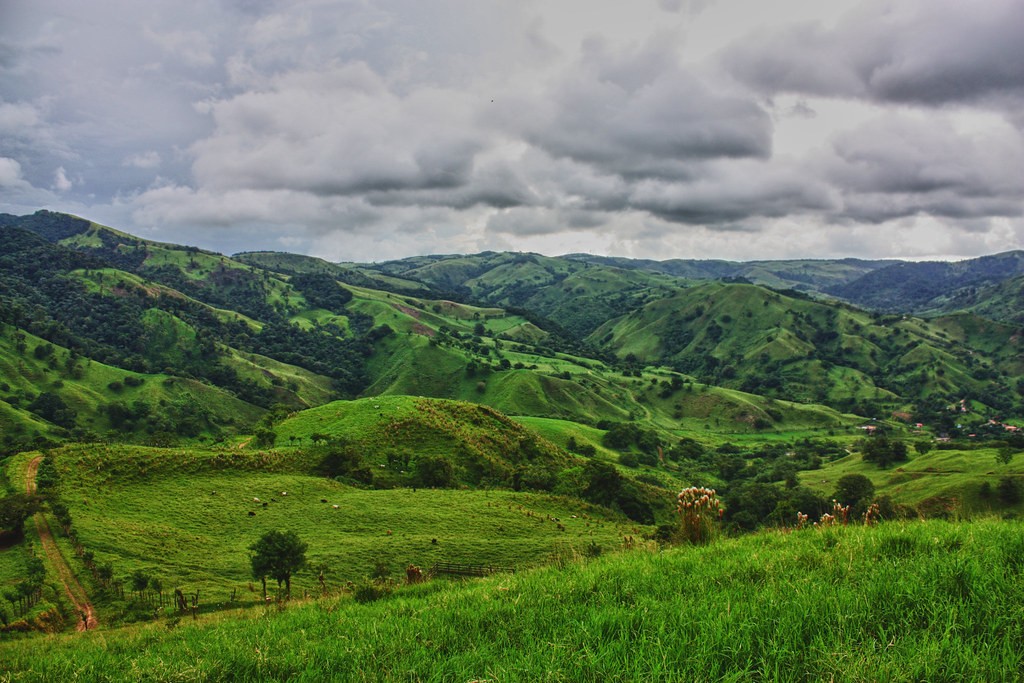
By the time you pull away from the coast to head for the Panamanian border, you will be running in the shadow of the Talamanca Mountains. The only thing that might interfere with your enjoyment of the trip is the season you arrive. Costa Rica has two seasons: Wet and Dry. The temperature is the same. In September Costa Rica Highs average 80 (F) and lows 63, with 14 inches of rain. In January it is 79 and 61 with a quarter inch of rain.
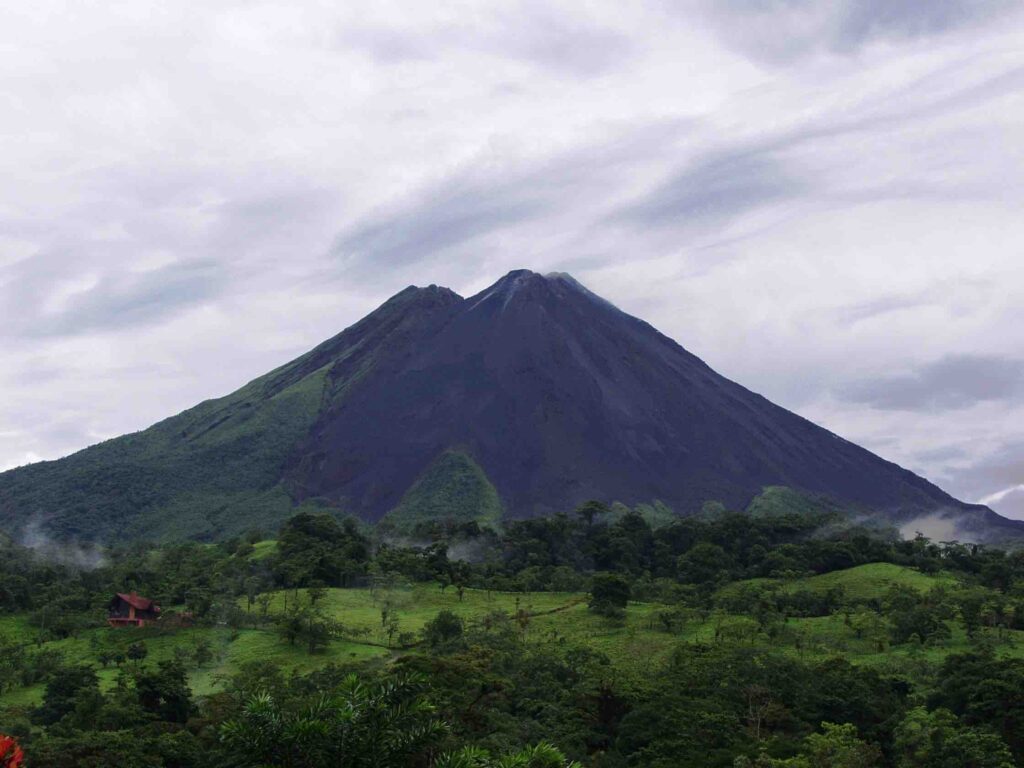
With most of the population located on the central plateau, there will be plenty of open country. With little climbing, 14 volcanoes dotting your route, and endless scenic views this is the part of the trip you have been waiting for!
After leaving the coast there are a final 120 kilometers thru mostly jungle to Paso Canoas on the Panama border and in the edge of the Talamanca Mountains. 3460 kilometers of Region 1 are complete.
How to get across the Costa Rica- Panama border at Paso Canoas:
First, expect chaos at the border. This is the biggest border crossing between Costa Rica and Panama, and you can expect vehicles and people to be everywhere, in no particular order at all. There is not very good signage to direct you where to go, and as it has been since you crossed the Los Indios Free Trade Bridge into Mexico, it is a poor idea to appear lost or confused.
There is a storage-container office directly across the street from the Immigration building where you will pay your Exit tax. The exit tax is $7, but you will pay $8, because the storage-container gets a $1 commission for collecting it. They will need your Passport, and will give you a receipt to present at Immigration. After paying the tax, go to the Blue and White concrete building with an overhang for buses. That is the Immigration building. You will see a big line at a window marked Salida. You will have to cut to the front of the line to get your Immigration forms to fill out. (everyone does this)
Fill out the form and get back in line. When it is your turn hand them the form, the tax receipt, and your Passport to get a stamp. Now, walk south down the road to the Panama Immigration office.
This is in a big concrete building with the road on either side. The Immigration office is past a bunch of other offices. You will find an outdoor waiting area with a number of windows. You will be walking on a broken road in the traffic, but you will be so used to that by now. Before getting in line, look for a lady sitting in a corner. She will sell you a stamp for your Passport for $1. Then get in line. You will not have to fill out a form, but will be asked questions, and have to show proof that you have $500. You might have to show them $500, as journey runners can look and smell pretty sketchy, even if they were fumigated last week.
There is a requirement to show a ticket out of Panama within 90 days. You can purchase a refundable airline ticket for this purpose, or walk back to the bus station and purchase a bus ticket back to San Jose for $15. Once you have satisfied the border police you will be photographed and fingerprinted and have your Passport stamped. You will have to stay in Panama for some designated period of time before you can return to Costa Rica (usually 3-5 hours), so they will write your time of entry on your Passport.
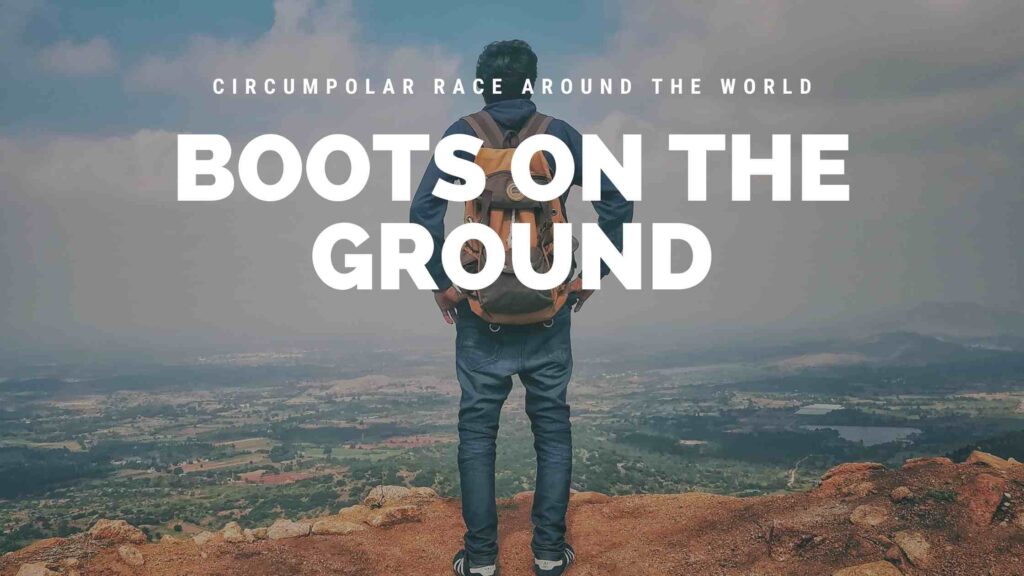
We are counting on those of you who reside or have visited these places
to enrich our file of pictures, information, and stories about the places we are visiting. Anything is fair game: Geology, History, unique places to visit, quirky local customs, you name it. We call this part “Boots on the Ground“. Nobody really knows a place better than someone who has their boots on the ground.
If we all share what we know, we can all have quite a journey around this planet. Don’t be shy. If there is one thing I have learned, it is that everyone I meet knows something that I don’t know. Your perspective will make everyone’s trip more enjoyable.
Please share your stories in the comment section below.
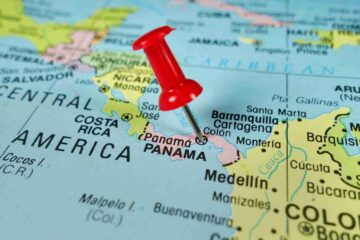
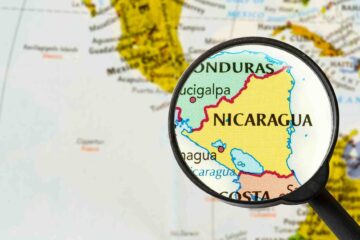
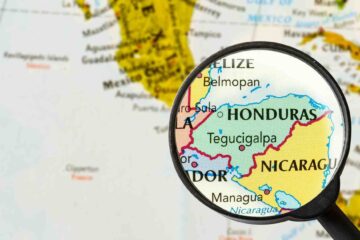
Costa Rica feels like a second home to me, in fact we almost moved there before deciding to settle back in Canada. The entire country is beautiful but my favourite area is known as the Southern Zone. Uvita has one of the most spectacular beaches and waterfalls of any I’ve seen. A bit of curiosity can lead you to secluded swimming holes deep in the jungle.
Favourite restaurant in Uvita. Los Laureles, for the best fish tacos
We had an amazing holiday in Costa Rica in 2009. Loved the cloud forests, and the rich mix of flora and fauna. Saw fantastic birdlife but watch out for the spiders like the one we photographed.